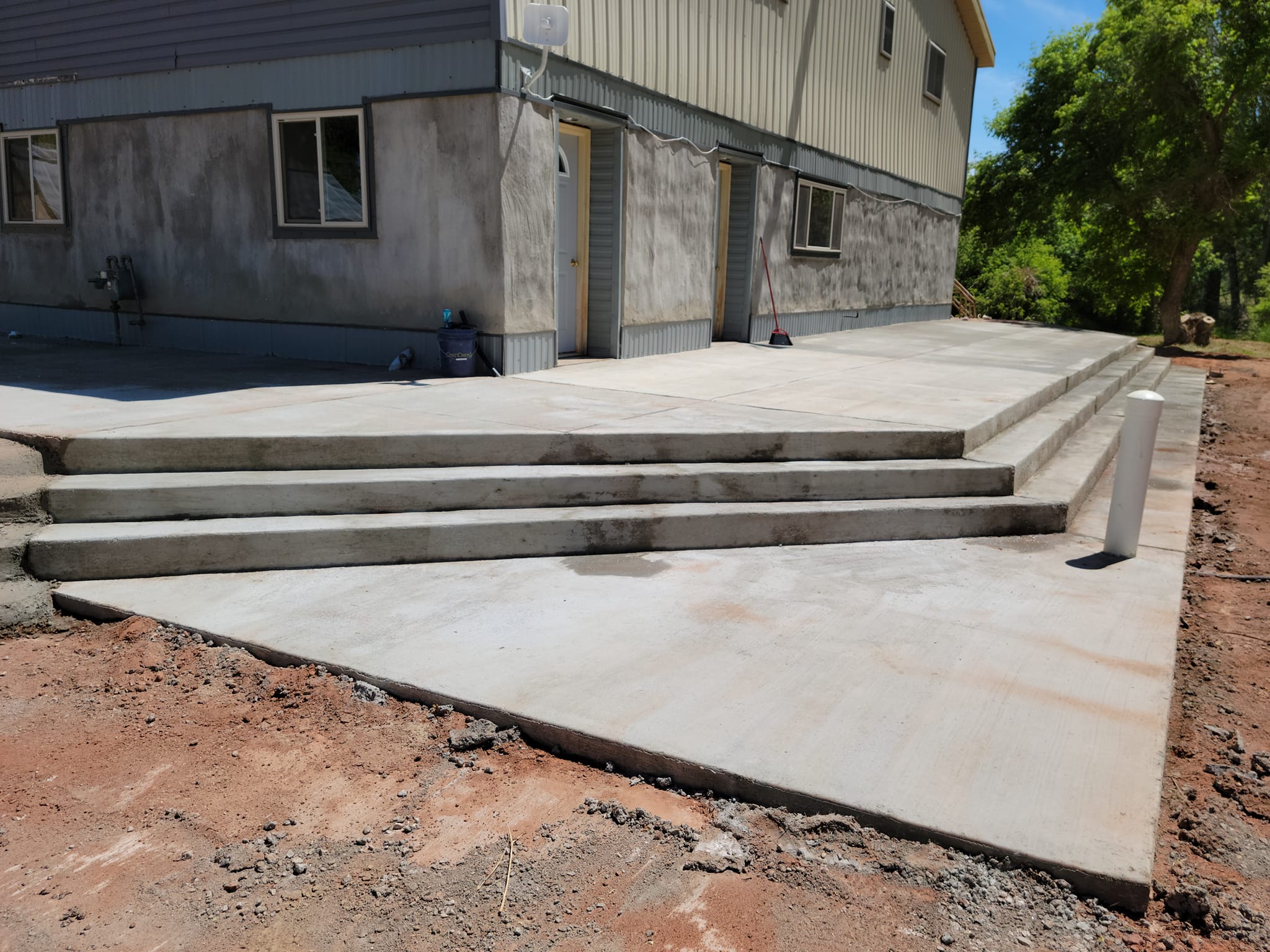
The Science Behind Durable Concrete Structures: Insights for Homeowners Nov 01, 2025
Concrete structures comprise three primary materials: cement, water, and aggregates. The cement acts as the binding agent, aggregates like sand and gravel provide strength, and water is crucial for the chemical reaction called hydration, which hardens the concrete. The mix ratio of these components directly impacts the final product’s durability. For homeowners seeking durable structures, understanding the importance of the mix can be the key to long-lasting outcomes.
One of the critical factors in ensuring concrete durability is achieving the perfect water-to-cement ratio. This ratio influences both the workability and strength of the concrete. Too much water can lead to decreased strength and increased porosity, making the structure prone to environmental damage. Conversely, too little water can hinder the mixture’s cohesiveness and workability. Striking the right balance ensures optimal durability and longevity.
The quality of the aggregates also plays an essential role. High-quality aggregates minimize the potential for weaknesses in the concrete. Homogeneous and correctly-sized aggregates ensure an even distribution throughout the mixture, contributing to the concrete’s overall strength. Thus, selecting high-quality aggregates is crucial for homeowners looking to invest in durable structures.
Another aspect to consider is the curing process, which is vital for achieving full strength and durability. Proper curing involves maintaining adequate moisture, temperature, and time necessary for the concrete to reach its designed properties. Inadequately cured concrete remains weak, resulting in cracks and structural failures over time. At Eds Concrete and Flat Work, adhering to best practices in curing ensures your concrete stands the test of time.
Moreover, adopting advanced techniques and technologies can further enhance concrete's durability. Innovations such as fiber reinforcement and additives can increase the lifespan of concrete structures. Fiber reinforcements add tensile strength to concrete, reducing cracks and extending its life. Meanwhile, additives like fly ash and silica fume improve durability and minimize environmental impact.
Homeowners should also be aware of the environmental factors affecting concrete durability. Factors such as temperature fluctuations, moisture exposure, and chemical spills can reduce the lifespan of concrete. Protective measures, including sealants and regular maintenance, can mitigate these effects. Implementing a proactive maintenance plan allows you to address minor issues before they escalate, safeguarding your investment.
In conclusion, understanding the science behind durable concrete structures empowers homeowners to make informed choices, leading to investments that offer longevity and reliability. At Eds Concrete and Flat Work, we prioritize educating our customers about concrete's intricacies, ensuring they reap the benefits of robust and enduring structures. By focusing on a balanced mix, quality materials, proper curing, and innovative techniques, you can ensure that your concrete projects not only withstand the test of time but do so with strength and style. Remember, a well-constructed concrete structure is not only a financial investment but a legacy of durability and quality.
/filters:no_upscale()/filters:format(webp)/media/fbf9f81c-5961-40ab-93e9-5cbf4e959941.jpeg)